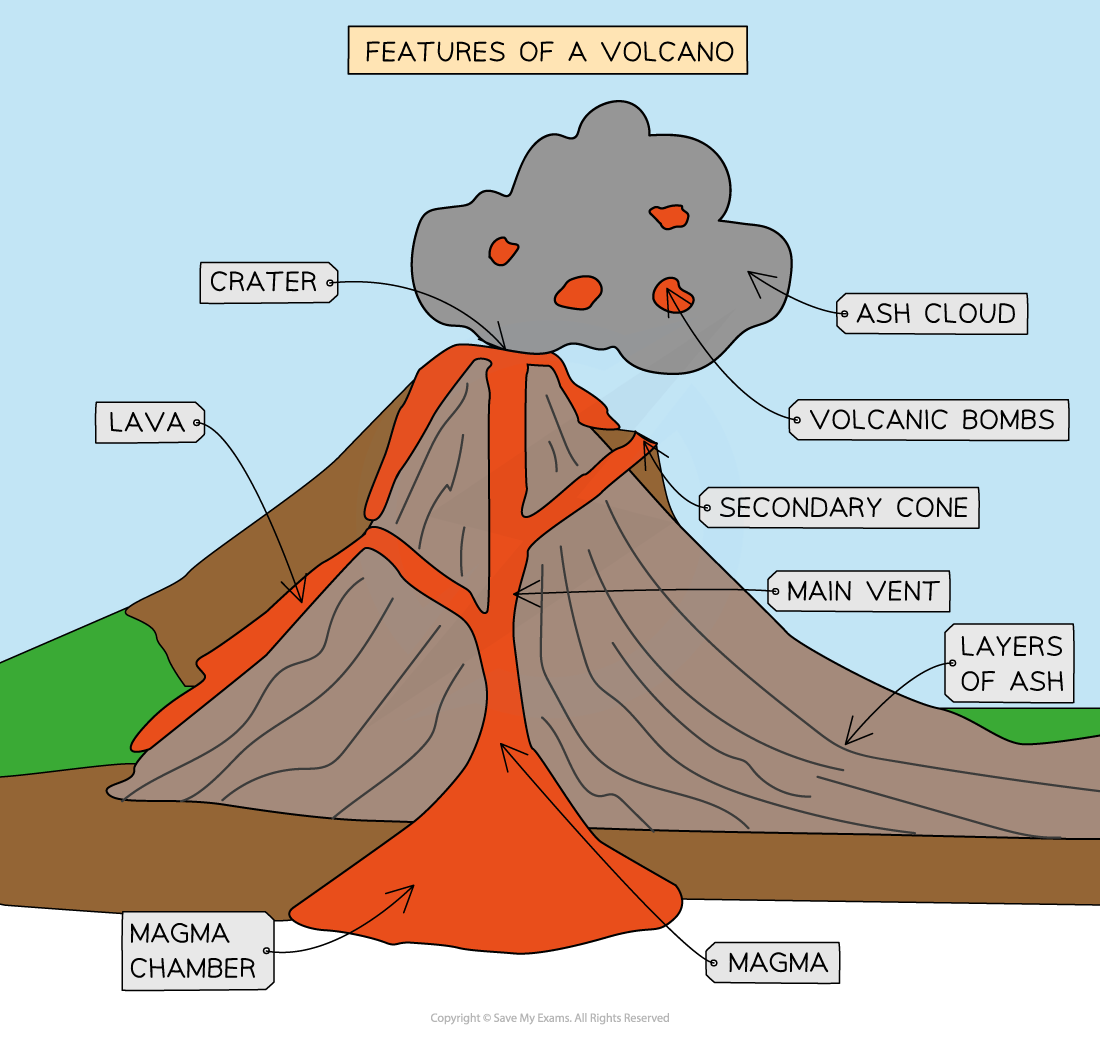GEOGRAPHY IGCSE CIE CASE STUDIES
1/10
Earn XP
Description and Tags
7 points, 1 statistic for 7 marks
Name | Mastery | Learn | Test | Matching | Spaced |
|---|
No study sessions yet.
11 Terms
STATISTIC FOR CHINA ANTI-NATAL POLICY
During the 1950s and 1960s, birth rates reached 48 births per 100 women, which was deemed unsustainable at the time as there were worries over famine and slow economic growth.
STATISTIC FOR BANGLADESH’S OVERPOPULATION
They have a population of 170 million despite 130,000km² land size.
HARD ENGINEERING IN HOLDERNESS COAST
In Mappleton, rock groynes have been constructed to trap sediment transported by longshore drift. This forms wider beaches, which help absorb wave energy and reduce erosion. Additionally, revetments and rock armour have been placed at the base of cliffs to further dissipate wave power and protect the coastline.
SOFT ENGINEERING IN HOLDERNESS COAST
In other parts of the Holderness Coast, managed retreat has been adopted. This involves allowing less valuable land to erode naturally, which reduces long-term maintenance costs and preserves natural processes. For example, in areas with fewer properties, no hard defences have been built.
IMPACTS OF DEFORESTATION LOCALLY
1) The displacement of indigenous people: tribes such as the Yanomami lose their homes and land as forests are cleared for cattle ranching and soy farming. This leads to loss of culture, forced migration, and poorer living conditions.
2) Loss of biodiversity, which affects people who rely on the forest for food, medicine, and resources
IMPACTS OF DEFORESTATION GLOBALLY
Deforestation contributes to climate change. The Amazon stores around 2 billion tonnes of CO₂ each year, and when trees are cut down, this carbon is released into the atmosphere. This contributes to global warming, which can lead to rising sea levels and droughts in other countries, affecting agriculture and people’s livelihoods.
THREATS TO CORAL REEFS
1) Coral bleaching. When sea temperatures rise due to global warming, corals become stressed and expel the algae that live in them. This causes the coral to turn white and weakens them, making it harder for reefs to survive.
2) Overfishing. Unsustainable fishing practices deplete fish populations, disrupting the balance of the coral reef ecosystem. Fish like parrotfish eat algae on the coral. If these fish are caught too much, the reef can get covered in algae and die.
3) Fertilisers and pesticides are washed into the ocean. This causes algae to grow too much, which blocks sunlight that corals need to grow.
MANAGEMENT OF CORAL REEFS
To protect the reef, Australia has made Marine Protected Areas (MPAs). These are places where fishing and building are limited, so coral and fish can recover.
There are also coral nurseries, where people grow new coral and plant them on damaged parts of the reef.
Australia is also trying to reduce its carbon emissions to help stop climate change, although progress has been slow.

WHAT CAUSED THE ERUPTION FOR A NAMED VOLCANO
(1) The Stromboli Volcano is located north of Sicily, in Italy. The volcano itself is an island sitting above the Eurasian and African plate boundary. (2) The Eurasian and African plate boundary is a destructive one, where the denser African plate subducts under the Eurasian plate at (3) 2-3 cm per year. (4) This subduction melts rock into magma, which rises through cracks in the crust, feeding into Stromboli’s already dense magma chamber. (5) Over time, gas is built up due to the increasing internal pressure within the magma chamber; (6) causing the volcano to violently erupt on July 3rd, 2019 with a Paroxysmal Explosion, which was caused with a sudden release of (7) high pressure gas and magma from inside the volcano. (8) Paroxysmal Explosions are common for Stromboli to experience, making it one of the world's most persistently active volcanoes.
WHAT CAUSED THE EARTHQUAKE FOR A NAMED LOCATION
(1) The Nepal Earthquake occurred on April 25th, 2015, with a magnitude of 7.8. Nepal is located on a (2) collision plate boundary, where the Indo-Australian Plate is pushing against the Eurasian Plate at a rate of about (3) 5 cm per year. This movement occurs because both plates are continental and have similar densities, preventing subduction. (4) Over time, stress builds up along the fault lines due to the plates colliding. (5) When the pressure became too great, the stored energy was suddenly released, causing the earthquake. (6) The earthquake had a shallow focus (15 km deep), making it more destructive. (7) The seismic waves traveled quickly, shaking the ground violently across Nepal and neighboring countries.
HOW IS TOURISM MANAGED TO REDUCE THE PROBLEMS IT CAUSES FOR PEOPLE AND THE NATURAL ENVIRONMENT
To protect the natural environment, sustainable tourism initiatives have been introduced, such as eco-tourism projects in rainforests and marine parks, which aim to reduce damage to habitats and biodiversity. The government has also introduced waste management programs and limits on development in coastal areas to reduce marine litter and preserve coral reefs.
To reduce social problems like displacement, some resorts now involve local communities in decision-making and encourage cultural exchange to promote mutual respect. Economically, Jamaica is trying to reduce income leakage by promoting locally owned businesses and training local workers, helping more of the tourism revenue stay within the country and benefit Jamaican people.